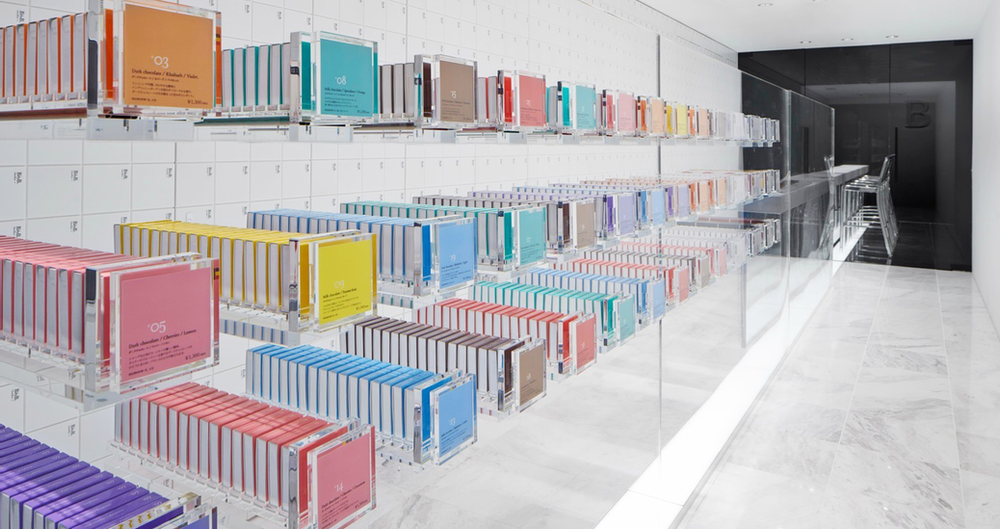We’re going to talk about acrylic display stands.
Although online shopping can’t completely replace brick and mortar stores, online shopping has a huge impact on brick and mortar store sales. We need more eye-catching visual marketing. The acrylic display is a wise solution, acrylic appearance exquisite and elegant, a variety of colors and sizes, easy to process, adapt to a variety of custom designs, to maximize the needs of the display.
That’s right, we’re going to talk about the benefits of acrylic display!
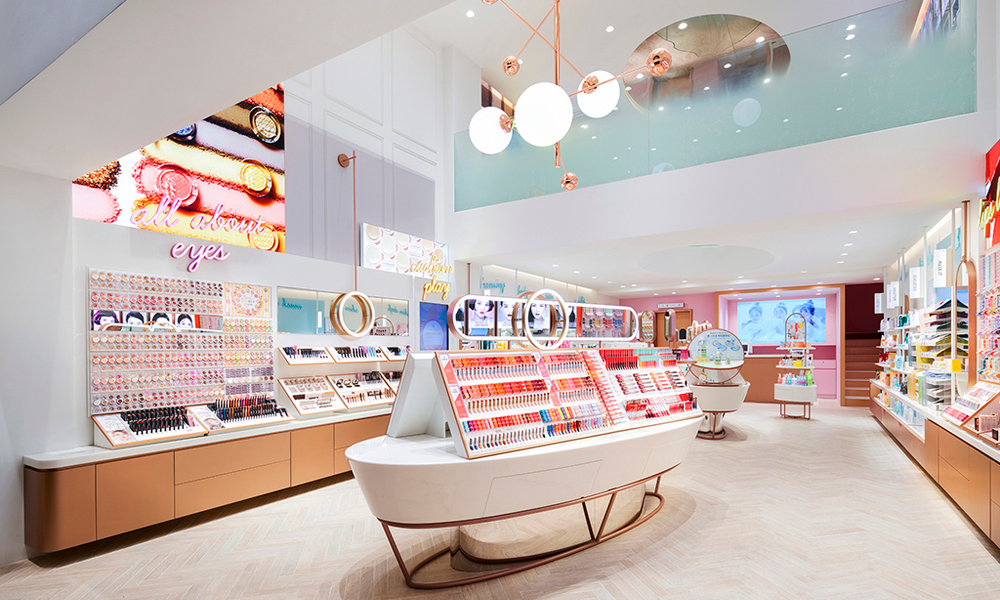
What is acrylic?
Acrylic is a kind of plastic, also known as plexiglass, chemically called polymethyl methacrylate, which is a combination of methyl methacrylate. In 1927, Rohm & Haas began to try acrylic industrialization. In 1948, the world’s first acrylic bathtub was born, marking a milestone in the application of acrylic.
With excellent characteristics, acrylic has been widely used in furniture, paint, safety barriers, medical equipment and so on. Acrylic has a certain strength, suitable for items in need of additional protection. It will not seize the luster of the commodity but set off the delicacy of the commodity, then retailers like to use this material on display.
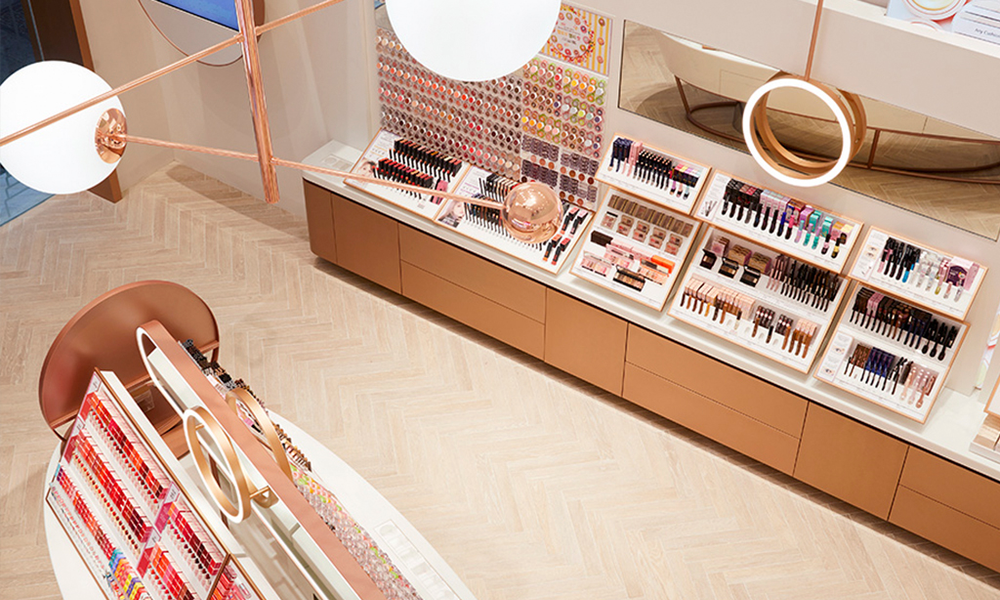
What are the benefits of acrylic display?
,,1. High transparency:
The melting point of acrylic is between 230-260 degrees. It will have a slight deformation when the temperature is between 80-95 degrees. It can be hotly deformed when it reaches 96 degrees Celsius when processing. In order to extend the service life of acrylic products, do not put hot things directly on the acrylic surface, such as iron curler hot kettle and so on, acrylic will deform when heated. In addition, acrylic after a long period of sunlight will also make acrylic aging yellowing and even cracks.
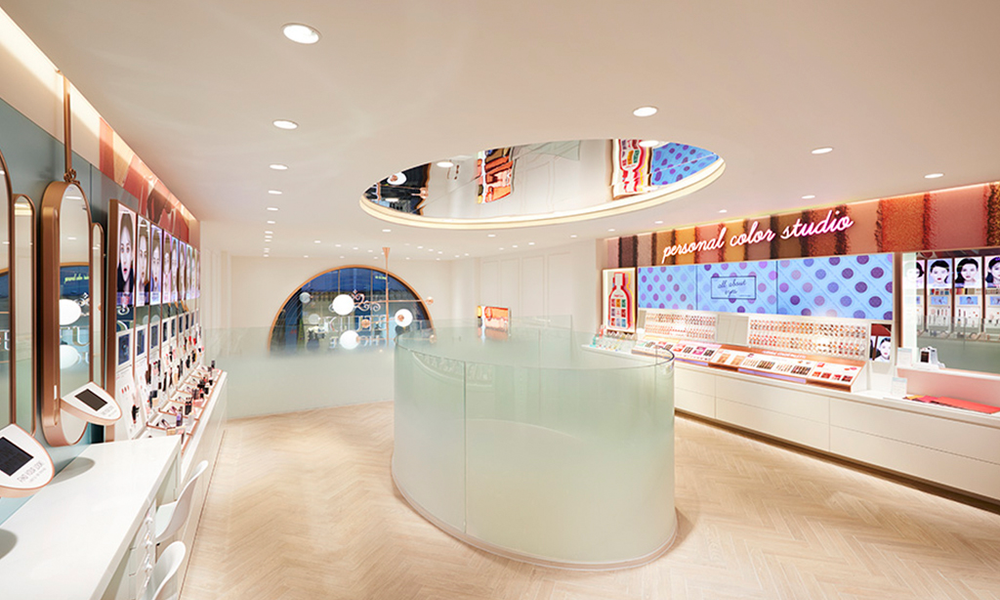
,,2. A variety of specifications:
Acrylic has a variety of thicknesses. The acrylic plate can cut out a variety of shapes by laser, but not too thick acrylic plate.
In addition to the thickness specifications, acrylic has a variety of types: transparent board, dyed transparent board, milky whiteboard, color board. There are also a variety of colors under different types.
Different performance, different color, and visual effects to meet the ever-changing requirements of the custom exhibition frame design.
,,3. Easy to process:
Acrylic is more easy to cut, polish and bond than metal. Compared to wood, acrylic can be hot bent into a variety of angles, easier to color. Acrylic does not have the hardness of metal and the beautiful texture of wood, but the display frame made by acrylic combined with them is more dazzling.
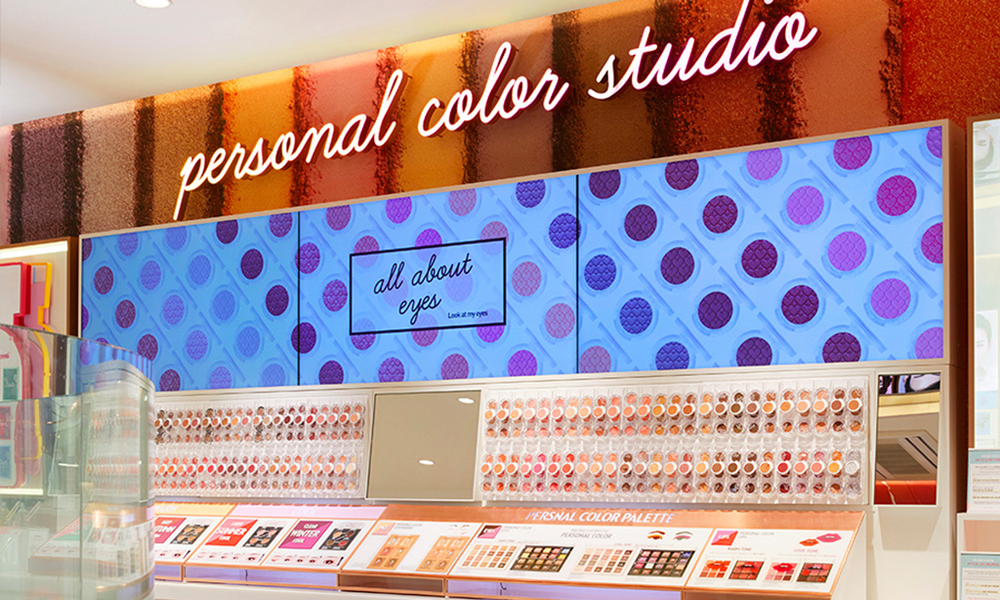
,,4. Durable and not easy to aging
The acrylic board has excellent stability, wear resistance is close to aluminum. Adding ultraviolet absorbent, acrylic can be used in the sun for a long time to maintain a bright color as new. Tensile, bending compression and other properties are higher than other plastics. Wood shelves are more prone to decay and fading, and metal display frames are prone to rust and discoloration.
,,5. Easy to maintain
Daily maintenance is simple. After blowing off the dust particles, wipe the acrylic surface with clean water wet cotton cloth. How to maintain acrylic display we have a more detailed article introduction, click here to read.

Acrylic display shelves add eye-catching elements to the product display and promote sales. no matter what kind of products, acrylic displays are the reliable, affordable options you may want to consider. It can be made into display boxes and cases, fixtures, podiums. Contact us to see what else we can do?
Picture originated from etude house store design
